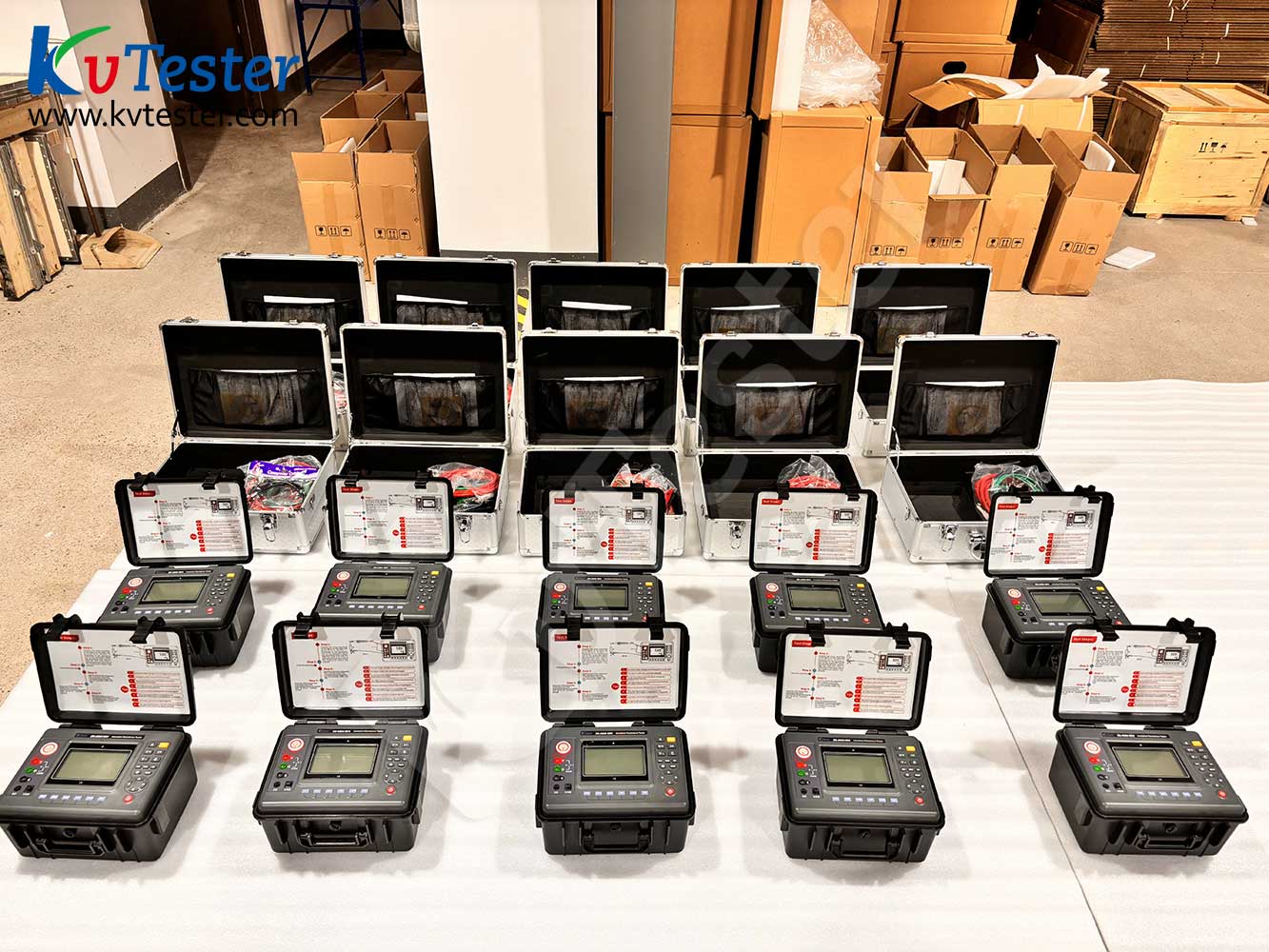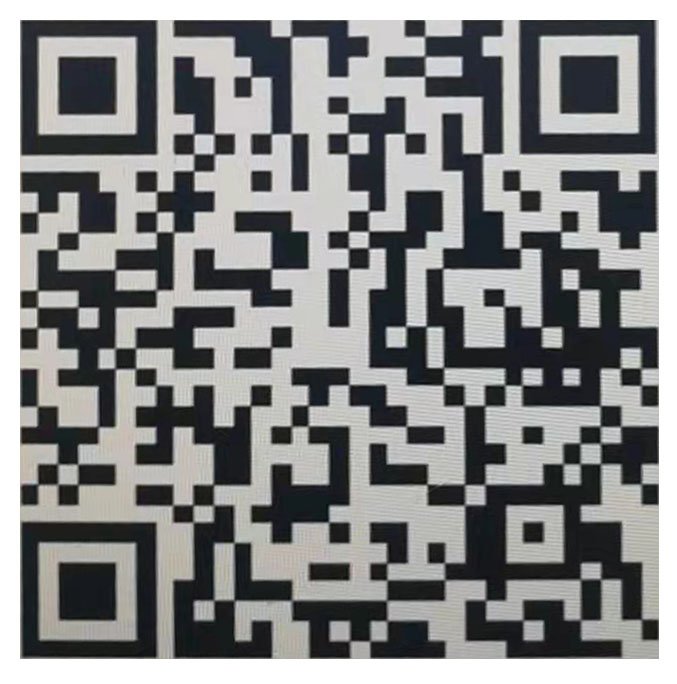The insulation resistance tester needs to pay attention to the following matters during testing to ensure the accuracy of measurement results and operational safety:
1. Safety operation standards
① Power outage and discharge
Before testing, it is necessary to ensure that the tested equipment has been completely powered off and short circuited to ground to avoid residual charges causing harm to testing personnel and equipment.
② High voltage warning
The tester outputs high voltage. During the testing process, it is strictly prohibited to touch the high voltage output terminal to ensure that the operator maintains a safe distance from the high voltage area.
③ Grounding protection
The tester and the tested equipment must be reliably grounded to prevent safety accidents caused by leakage or high voltage breakdown.
2. Environmental requirements
① Temperature and humidity control
The testing environment should be relatively dry to avoid excessive humidity that may increase surface leakage current and affect measurement results.
The temperature should be stable within the working range of the instrument to avoid temperature fluctuations affecting measurement accuracy.
② Electromagnetic interference protection
Stay away from strong electromagnetic sources to avoid electromagnetic interference affecting test results.
The test line should use shielded wire and avoid parallel laying with power and signal lines.
3. Operating standards
① Correct wiring
Strictly follow the wiring instructions of the tester to ensure that the high-voltage output terminal (usually the red wire) is connected to the high-voltage terminal of the tested equipment, and the measuring terminal (usually the black wire) is connected to the low-voltage terminal or grounding terminal of the tested equipment.
The wiring should be firm and reliable to avoid measurement errors or instrument damage caused by poor contact.
② Pre inspection and calibration
Before testing, use standard resistors or test samples with known insulation resistance values to verify the accuracy of the instrument and ensure that the instrument is in normal condition.
Regularly check the battery level or power connection of the tester to avoid testing being affected by low battery or power issues.
③ Select appropriate test voltage
Select the appropriate test voltage based on the rated voltage of the tested equipment to avoid damage to equipment insulation caused by high voltage or inaccurate measurement caused by low voltage.
4. Precautions during the testing process
① Boost control
The pressurization process should be slow and smooth to avoid sudden voltage changes that may damage the equipment or affect measurement stability.
After reaching the test voltage, wait for the data to stabilize before recording the results, usually taking 1-2 minutes.
② Data recording and analysis
Take the average of multiple measurements to reduce random errors.
Record parameters such as test voltage, ambient temperature and humidity, and the model of the tested equipment for easy analysis and comparison of results.
③ Avoid repeated testing
The same device should not be tested frequently in a short period of time to avoid measurement results being affected by insulation polarization.
5. Maintenance and upkeep
① Regular cleaning
Wipe the tester housing and display screen with a dry soft cloth to avoid dust or stains affecting operation.
② Storage conditions
When the instrument is not used for a long time, it should be stored in a dry, ventilated, and non corrosive gas environment to avoid moisture or aging.
③ Regular calibration
It is recommended that the testing instrument be calibrated annually by a professional organization to ensure measurement accuracy.
6. Exception handling
① Data abnormality
If the test results are abnormal (such as insulation resistance value being too low or too high), check whether the wiring is correct, whether the environment is severely disturbed, and whether the tested equipment is damp or has defects.
② Instrument malfunction
If the instrument gives an alarm or cannot work properly, the test should be stopped immediately, and professional maintenance personnel should be contacted for repair. It is strictly prohibited to disassemble it by oneself.

ZC-430C Digital insulation resistance meter also known as megohmmeter, high voltage insulation resistance tester, etc., for the insulation resistance test. The instrument has a large LCD screen gray backlit display, data storage, data access, alarm, automatic shutdown and other functions. At the same time, it also has the function of measuring DC voltage, AC voltage, absorption ratio and polarization index of DC voltage. It is suitable for measuring the resistance value of various insulating materials and the insulation resistance of transformers, motors, cables and electrical equipment.At the same time, it can output a variety of different voltage levels with the step-adjusting voltage function.
Kvtester Electronics Technology Co.,Ltd. is a high-tech enterprise specializing in power testing, testing, research and development, production, and sales of testing equipment. It has been engaged in the electrical testing industry for many years, and its products are of high quality. We welcome customers to come and purchase. Service hotline: 0086-27-81778799, to learn more, visit the official website: www.kvtester.com





